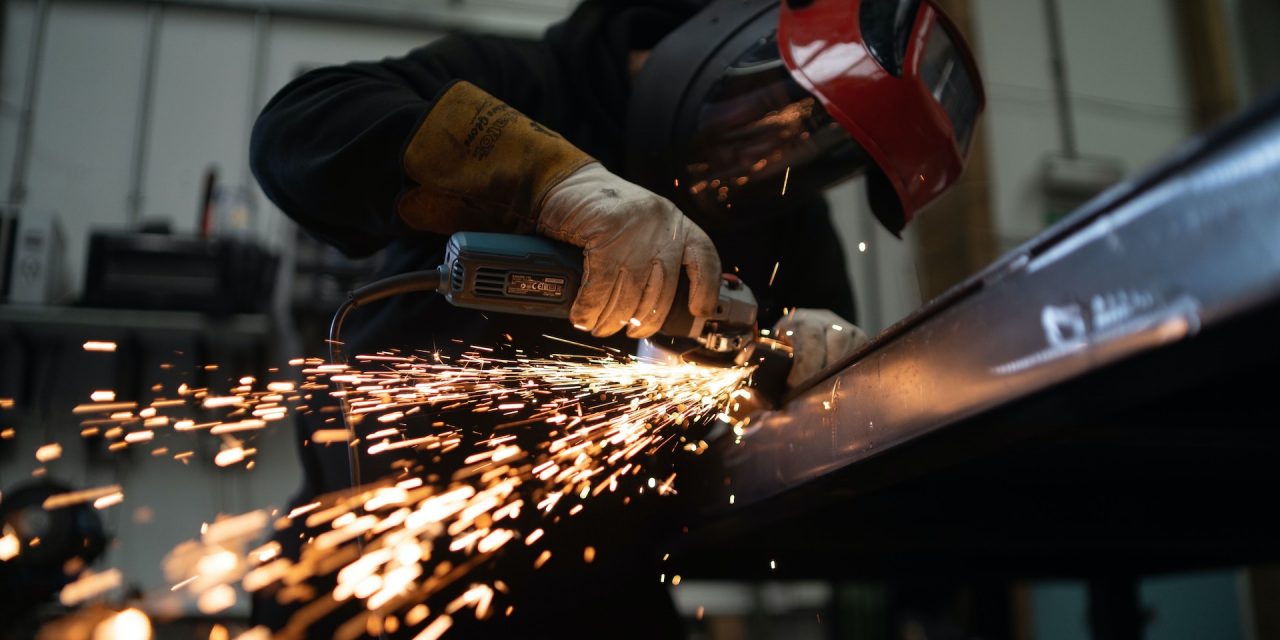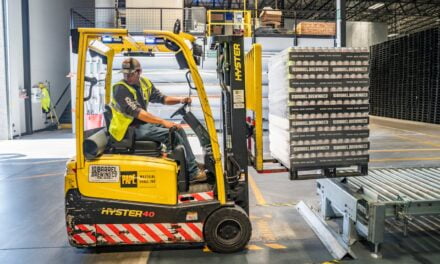The ASEAN manufacturing sector enjoyed a lift in April, figures from S&P Global showed Thursday, driven by stronger production output on the back of higher new business levels.
The headline S&P Global ASEAN manufacturing purchasing managers’ index increased to 52.7 in April, rising from 51.0 in March. Any number over 50.0 denotes expansion, while anything below signals a contraction.
This was the strongest improvement in business conditions since September last year.
ASEAN stands for Association of Southeast Asian Nations and is a political and economic union of 10 member states in Southeast Asia. Members include Indonesia, Malaysia, the Philippines, Singapore, Thailand and Vietnam.
“Companies reported further gains in new business, which in turn drove the strongest increase in production levels since October 2021,” S&P Global Market Intelligence Economist Maryam Baluch said.
Cooling prices eased some of the pressure on manufacturing firms’ operating costs.
“Price pressures moderated further, with both input costs and output charges rising at rates that are weaker than their respective averages. Moreover…delivery times for inputs have improved for the second straight month in April,” Baluch said.
Looking more closely at the surveyed nations, Thailand proved itself to be the region’s darling once again after a lackluster month in March.
The country posted a headline PMI of 60.4 in April, surging from 53.1 a month before. Following its strong April performance, Thailand has now been the best-performing nation in three of the last four survey periods.
Coming in at second, Myanmar posted a record PMI of 57.4, up from 55.5 in March.
Meanwhile, the Indonesian manufacturing sector proved to be one of the most reliable with 20 consecutive months of growth. Indonesia’s April PMI came in at 52.7, up month-on-month from 51.9.
Singapore swung into growth territory for the first time in three months. In April, the headline PMI was comfortably above the 50.0-point neutral mark at 51.9. This was compared to 48.9 in March and 49.7 in February.
Filipino manufacturing firms reported growth for the 15th consecutive month in April. However, the pace of expansion, at 51.4, eased further from January to the weakest in eight months, S&P Global said.
Weighing on the index were Malaysia and Vietnam.
The Malaysian manufacturing sector stagnated in contraction territory, posting a PMI of 48.8 in April, unchanged from a month before.
Vietnam’s manufacturing sector showed little signs of life, remaining at the bottom of the ranking for the second month in a row. Its PMI for April was 46.7, worse off than 47.7 in March.
“Looking ahead, manufacturers across the region are largely upbeat, with the degree of optimism hitting a six-month high in April. Manufacturers remain hopeful for further improvements in global economic conditions,” Baluch said.
The S&P Global ASEAN manufacturing PMI is compiled by S&P Global from responses to monthly questionnaires sent to purchasing managers in panels of manufacturers in Indonesia, Malaysia, Myanmar, the Philippines, Singapore, Thailand and Vietnam, totaling around 2,100 manufacturers. These countries account for 98% of ASEAN manufacturing value added, according to World Bank world development indicator.
Survey responses were collected between April 12 and 24.
Click here to compare April’s figures with last month’s PMI data.






